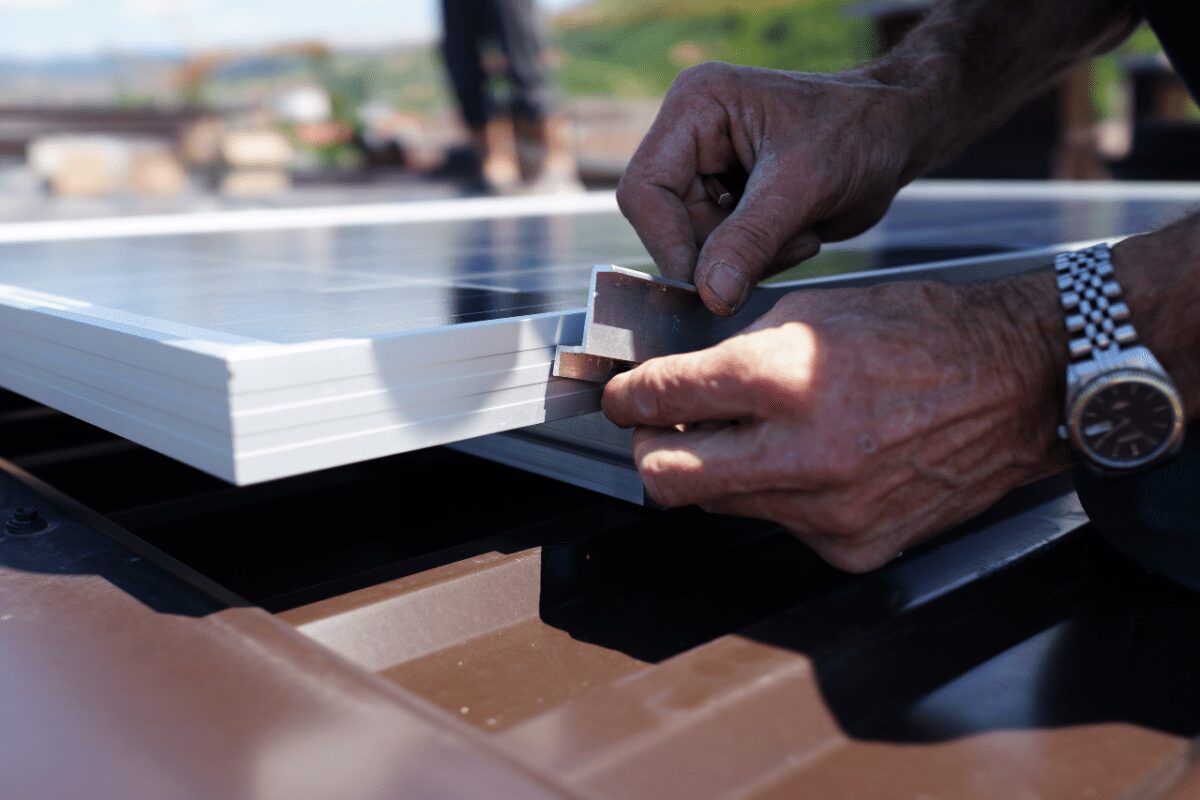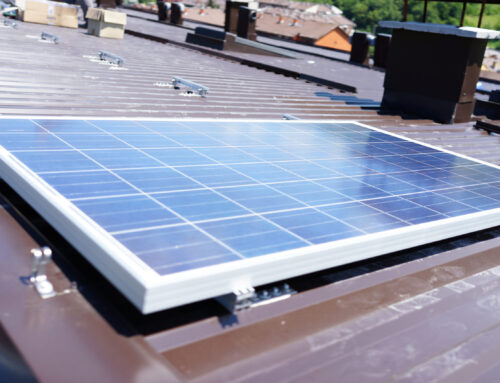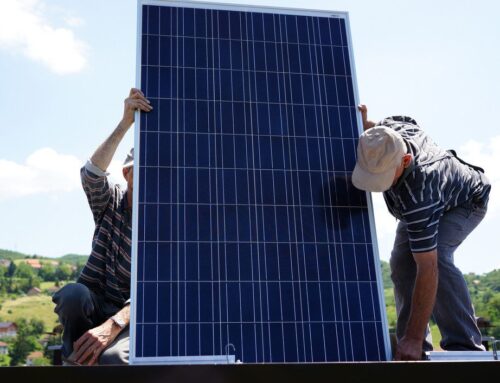According to the Solar Energy Industries Association, the U.S installed 5 gigawatts of solar capacity in the first quarter of 2021. This represents a 46% increase over the first quarter in 2020 and the largest Q1 in history. With the 2021 Q1 additions, the total installed capacity is now at 102.8 gigawatts — enough to power 18.6 million American homes.
Homeowners looking forward to installing solar panels often have a challenge in calculating the number of photovoltaic panels they should order for their property. Determining the number of cells you require for your solar panel installation may require keeping in mind a few critical factors. Here are three key questions to help you determine the solar panels you need.
1. What’s Your Home’s Current Electricity Use?
Most homeowners wishing to switch to a solar program often desire a system that will match or nearly match their current energy consumption. Look at your electricity bills for the past twelve months, calculating your average monthly use. You may need to break down the figure into daily and hourly usage to get kilowatt-hours(kWh).
According to the U.S Energy Information Administration (EIA), the average American home uses approximately 10,649 kWh of electricity per year. This represents nearly 900 kWh per month or 1.25 kWh per hour. Experts recommend adding a 25% “cushion” to your target daily average to ensure you can generate all the clean energy you need.
2. How Many Hours of Direct Sunlight Does Your Area Receive?
Solar panels harness a large percentage of the sunlight energy and convert it to electricity that you can use to power your home. The amount of sunlight that falls on your photovoltaic cells may have a significant influence on solar energy produced. The Renewable Resource Data Center provides updated solar irradiance by state and in major cities. For California, the annual average daily total solar resource is 5.75 kWh/m2 per day.
Calculating the peak sunlight hours for your area can help you determine the amount of energy that your panels need to produce each hour. Tree cover and the direction your roof faces may influence the amount of sunlight that may reach your solar unit.
3. Which Secondary Factors Affect the Solar Panel’s Output?
Not all solar panels are the same. The quality, efficiency, and size of the panels that you install within your home will have an impact on the amount of energy produced. Solar panel companies often stock photovoltaic cells with wattages that fall between 150 watts to 370 watts per panel. Units with a microinverter on each panel can optimize power conversion at the source, providing better efficiency.
The space within your home may also affect the number of solar panels that you can set up. A larger usable area can enable you to sacrifice efficiency for a bigger panel at a lower cost per cell. If you have a smaller roof or live in a partially shaded area, then smaller, highly efficient panels are preferable.
Knowing the number of solar panels that you need for your home can help you effectively plan for your solar program. The easiest way would be to utilize a solar calculator and organize for a professional assessment of your property. To help you determine the ideal number of panels for your home, reach out to Suntegrity Solar in Sonoma County.


 Solar Company
Solar Company 



